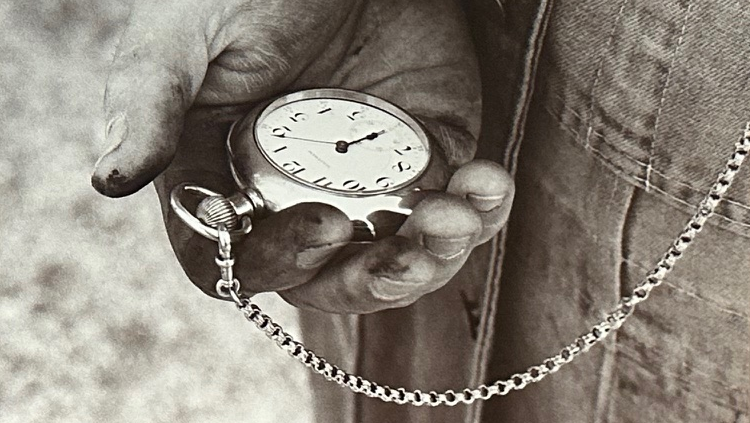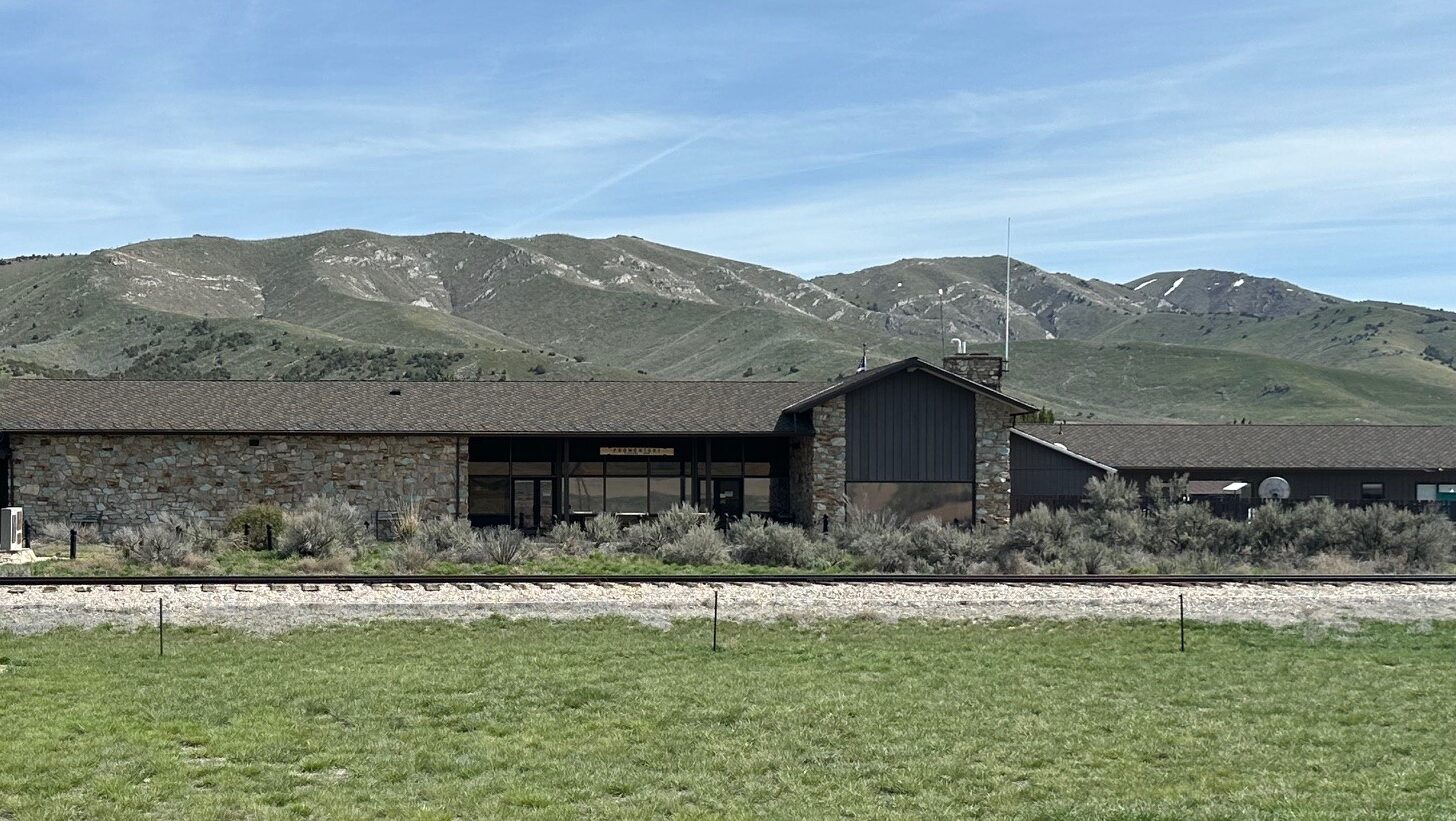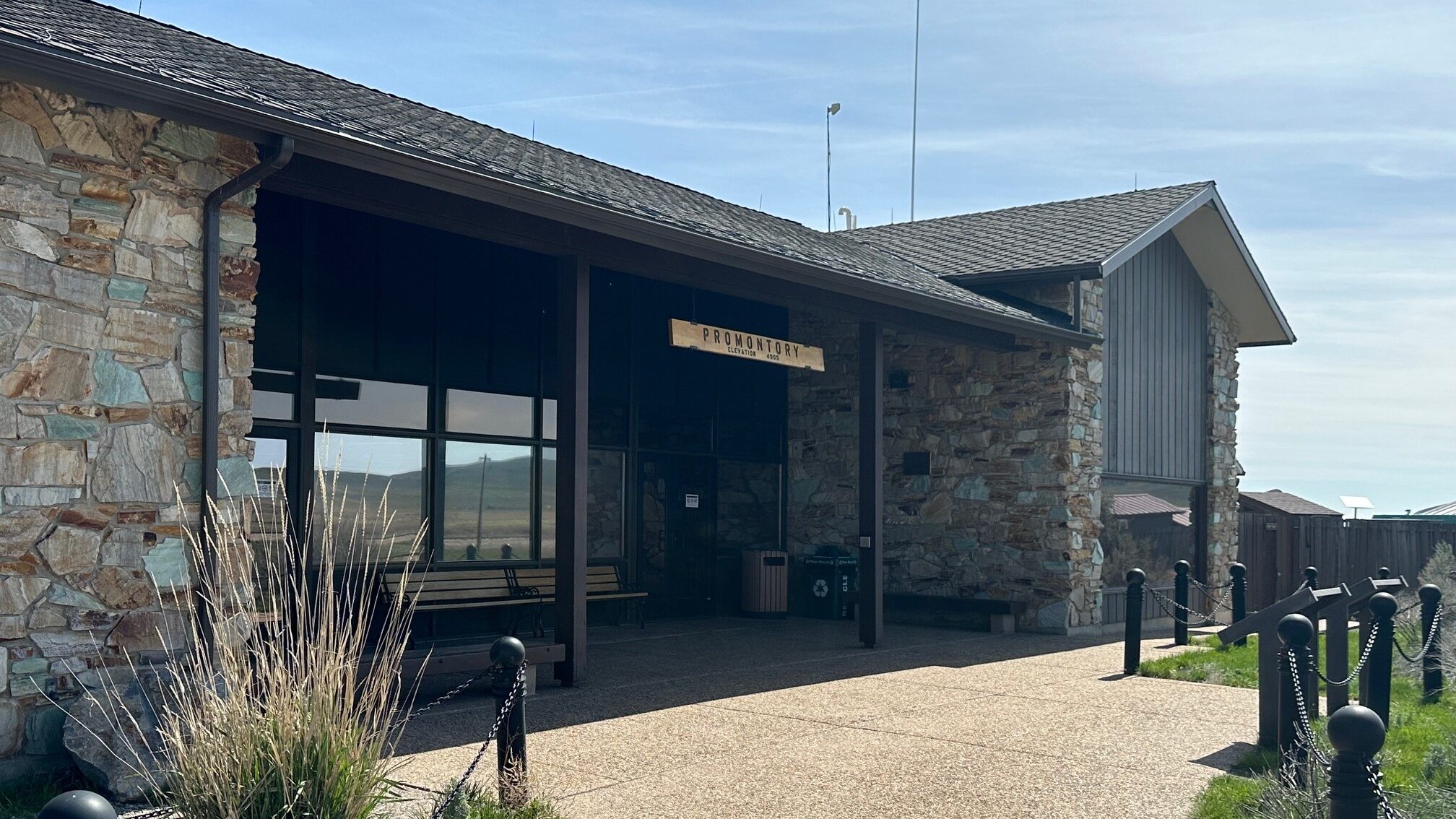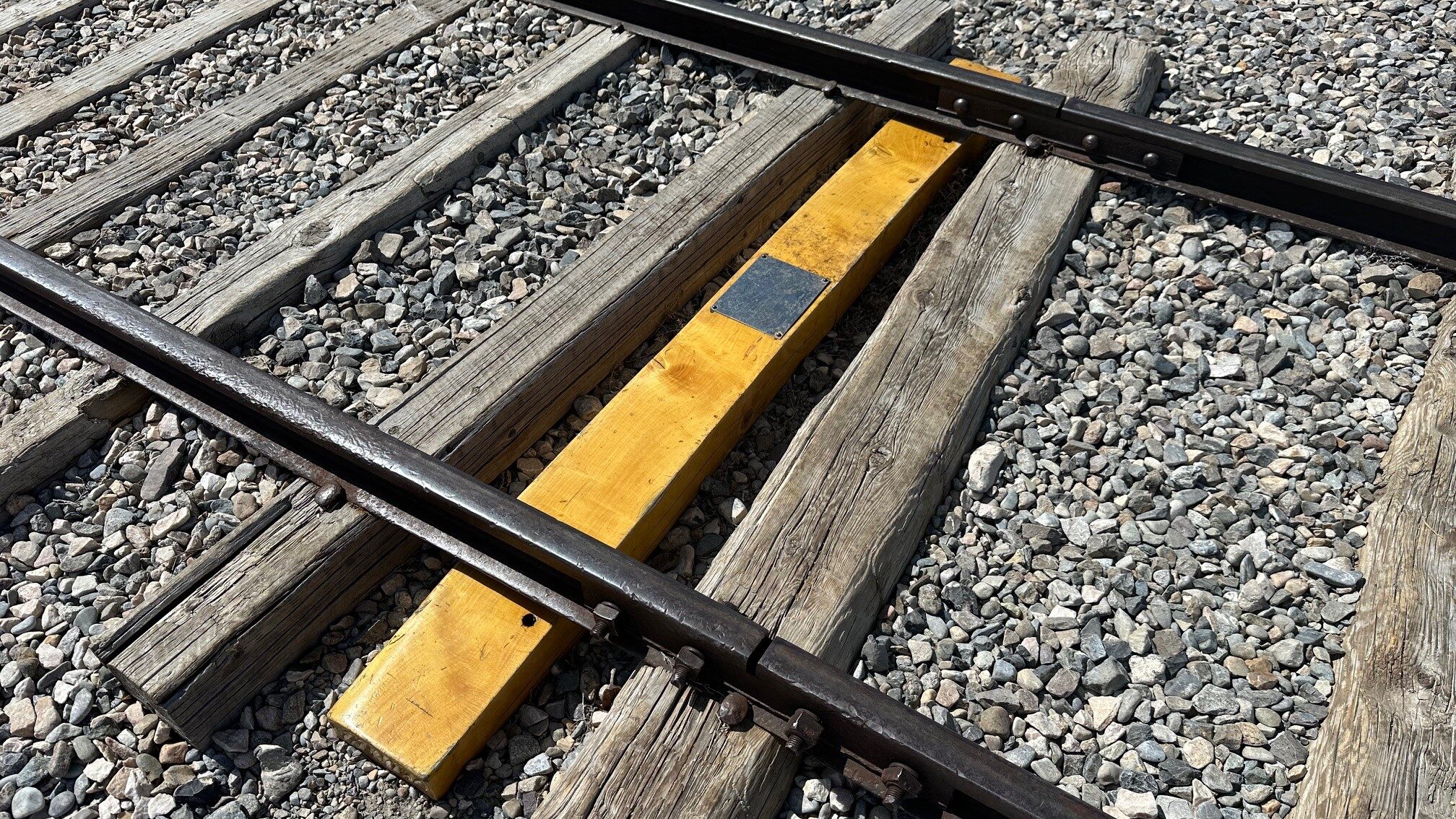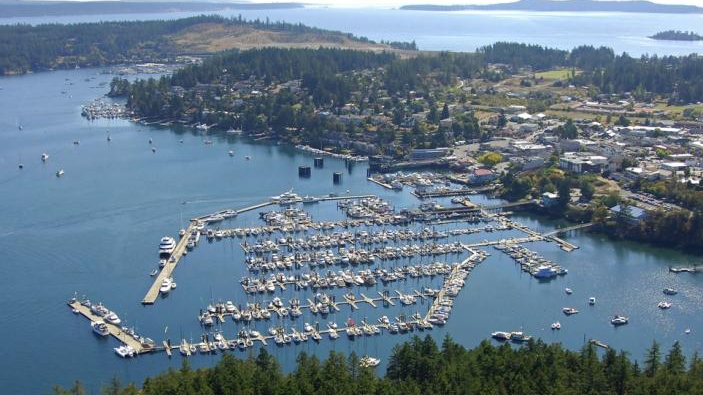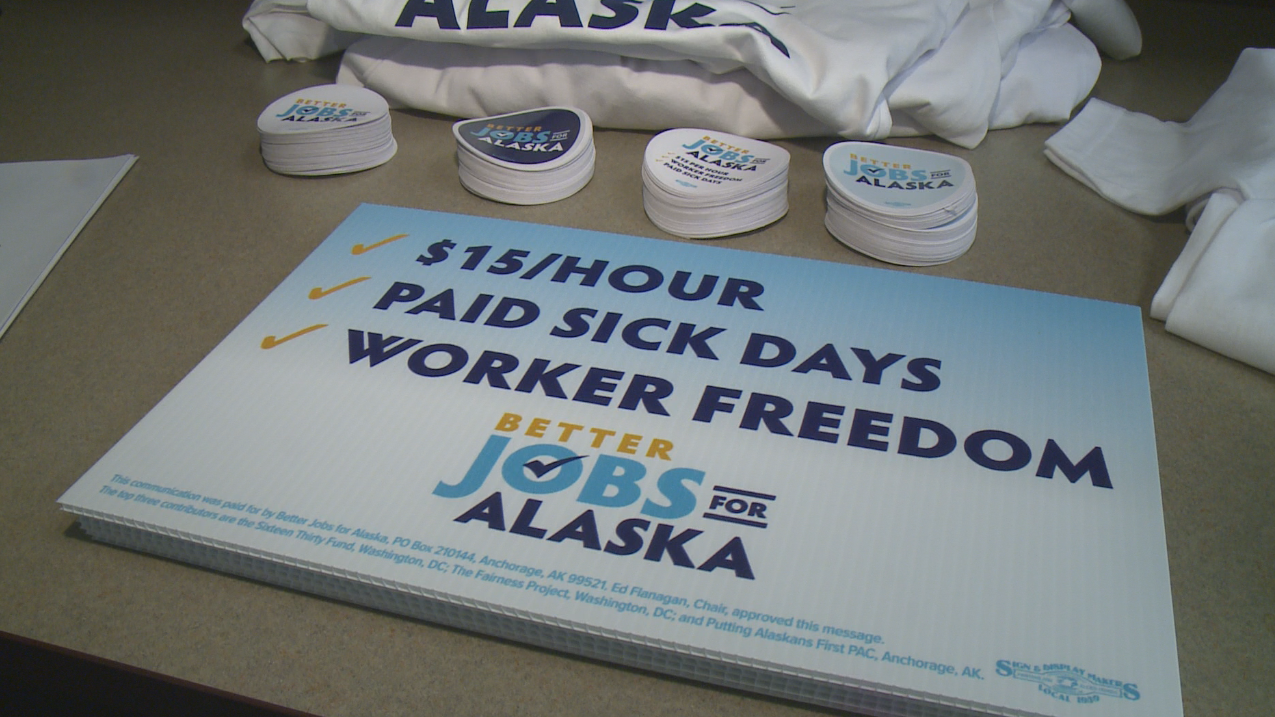The clinking of steel wheels on iron tracks, the billowing steam, and the whistle echoing through the canyons – the age of the transcontinental railroad was an era of marvels and miracles. But did you know it also played a role in reshaping time itself? That’s right, folks! Get ready to hop aboard our time-traveling locomotive as we journey through the creation of time zones in the United States.
In 1862, President Abraham Lincoln signed the Pacific Railroad Act, which chartered the Central Pacific and Union Pacific Railroad Companies with building a transcontinental railroad that would link the United States from East to West. In return, each company would receive 6,400 acres of land (later doubled to 12,800) and between $16,000 and $48,000 in government bonds for every mile of track built, depending on the terrain type. Completing the Transcontinental Railroad on May 10, 1869, at Promontory Summit, Utah, was a monumental achievement, linking Omaha, NE, to Sacramento, CA, and ushering in an era of unprecedented connectivity. But there was a tiny hitch in this grand plan – time.
Before the railroad era, time was as fluid as the Mississippi River, with each town setting its own local time based on the sun’s position overhead. You could travel from New York to California and find yourself constantly adjusting your pocket watch with over 100 local times varying by more than 3 hours. Imagine the confusion! As trains zipped across the continent, it became abundantly clear that a standardized time system was sorely needed.
And thus, the concept of time zones was born – a stroke of genius that would make Einstein proud. Instead of each town stubbornly clinging to its own time, the country was divided into distinct zones, each with its own standard time. No more guessing whether it’s high noon or happy hour.
On November 18, 1883, American railroads began using the current four time zones: Eastern, Central, Mountain, and Pacific.
In October 1884, the International Meridian Conference was held in Washington, D.C. The conference decreed that the prime meridian, the imaginary line marking zero degrees longitude, would be the starting point for the world’s time zones. And so, Greenwich Mean Time (GMT) became the standard by which all other times were measured. From there, the globe was divided into 24 slices like a cosmic pizza, with each slice representing one hour. Time Zones did not become official in the United States until the passage of the 1918 Standard Time Act.
Of course, not everyone was thrilled about this new-fangled timekeeping system. There were grumbles from farmers who cursed the early morning light and barflies who mourned the loss of precious drinking hours. But like it or not, time zones became as ingrained in American life as apple pie and baseball.
So, the next time you glance at your smartphone and see those little letters spelling out “EST” or “PST,” take a moment to thank the pioneers of the past – the railroad tycoons, the conference delegates, and the humble engineers who laid the tracks of time. All aboard!


